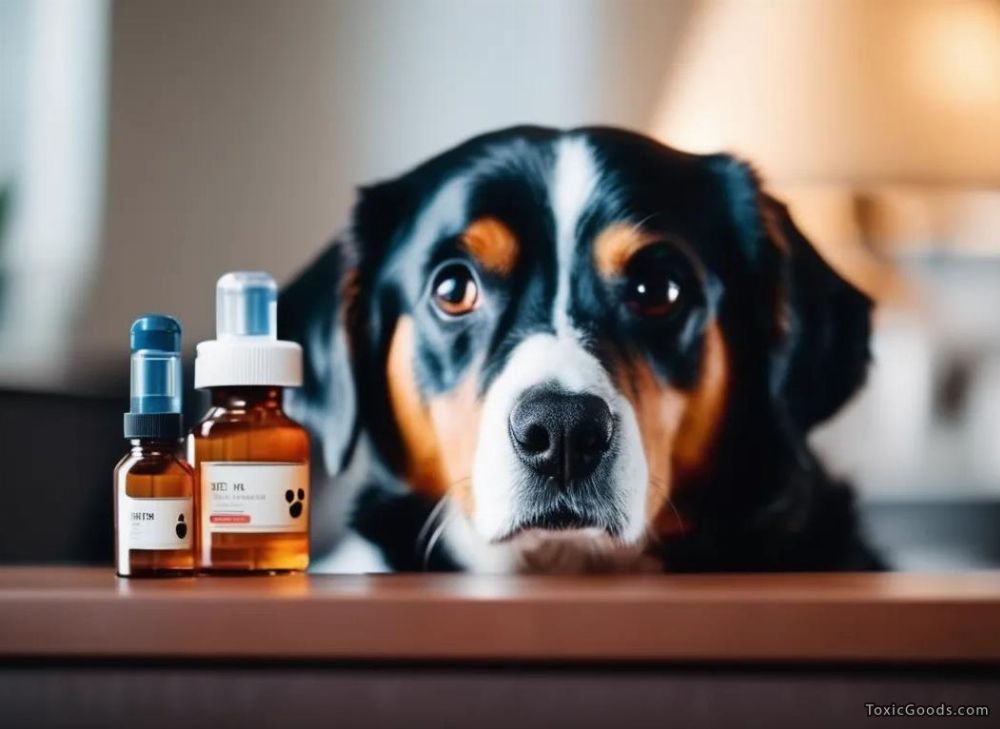Flea and Tick Products: The Toxins in Pet Care
 You might think you’re protecting your pet with those monthly flea and tick treatments, but many contain chemicals that pose serious risks to both animals and humans. Products containing permethrin, organophosphates, or other pesticides don’t just kill pests—they can harm your pet’s nervous system, cause skin reactions, and even affect human family members, especially children.
You might think you’re protecting your pet with those monthly flea and tick treatments, but many contain chemicals that pose serious risks to both animals and humans. Products containing permethrin, organophosphates, or other pesticides don’t just kill pests—they can harm your pet’s nervous system, cause skin reactions, and even affect human family members, especially children.
These chemicals work by attacking the nervous systems of fleas and ticks, but they don’t discriminate. Pets can absorb these toxins through their skin, and residues can linger on fur, bedding, and carpets, exposing everyone in the household. Even more concerning? Some of these products remain active for weeks, continuously releasing low levels of pesticides into your home environment.
How These Chemicals Affect Pets and Humans
For Pets:
- Permethrin (common in dog treatments) is highly toxic to cats, causing tremors, seizures, or even death.
- Organophosphates (found in some older products) can lead to drooling, vomiting, muscle twitching, and long-term neurological damage.
- Fipronil and imidacloprid (in spot-on treatments) may cause skin irritation, lethargy, or gastrointestinal issues.
For Humans:
- Skin contact with treated pets can cause rashes, dizziness, or numbness.
- Inhalation of sprays or powders may trigger asthma or respiratory irritation.
- Long-term exposure to low doses has been linked to hormone disruption and developmental issues in children.
The Environmental Impact
Flea and tick treatments don’t just stay on your pet. When you bathe your dog or wash their bedding, these chemicals enter waterways, harming aquatic life. Permethrin, for example, is extremely toxic to fish and bees, while fipronil has been found to persist in soil and water, affecting entire ecosystems.
Safer Alternatives for Flea and Tick Control
Before reaching for chemical treatments, consider:
- Regular grooming and flea combs (mechanical removal works).
- Diatomaceous earth (a non-toxic powder that dehydrates fleas).
- Essential oil-based repellents (e.g., cedarwood or lemongrass—but use cautiously, as some oils are toxic to pets).
- Prescription options from your vet (some newer treatments have fewer side effects).
If you must use chemical products:
✔️ Never use dog formulas on cats.
✔️ Wash hands after application.
✔️ Keep treated pets away from children for 24–48 hours.
✔️ Avoid over-the-counter products with vague ingredient lists.
Chemical Properties and Health Effects
| Chemical | Found In | Toxicity Level | Health Risks |
|---|---|---|---|
| Permethrin | Dog flea collars, sprays | High (fatal to cats) | Seizures, tremors, skin irritation |
| Organophosphates | Older flea treatments | Extremely high | Neurotoxicity, vomiting, long-term damage |
| Fipronil | Spot-on treatments | Moderate to high | Lethargy, skin burns, environmental persistence |
| Imidacloprid | Oral flea medications | Moderate | GI upset, allergic reactions |
References and Sources
- Environmental Protection Agency (EPA) – Pesticides and Pets
Guidelines on safe use of flea/tick products and their environmental impact.
URL: https://www.epa.gov/pets - ASPCA Animal Poison Control Center
Data on pet poisonings from flea/tick products and treatment advice.
URL: https://www.aspca.org/pet-care/animal-poison-control - National Pesticide Information Center (NPIC)
Fact sheets on permethrin, fipronil, and other active ingredients.
URL: http://npic.orst.edu/
